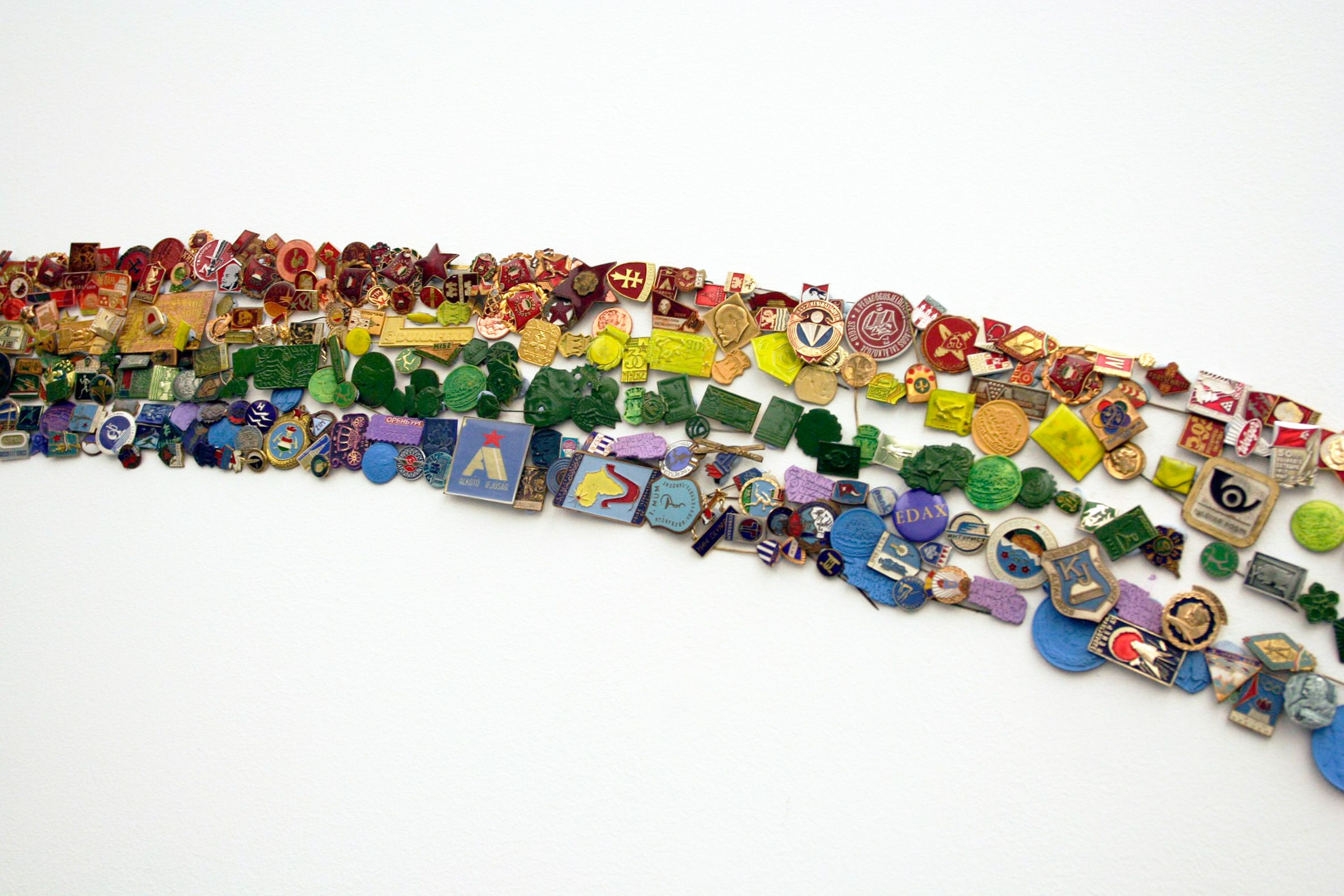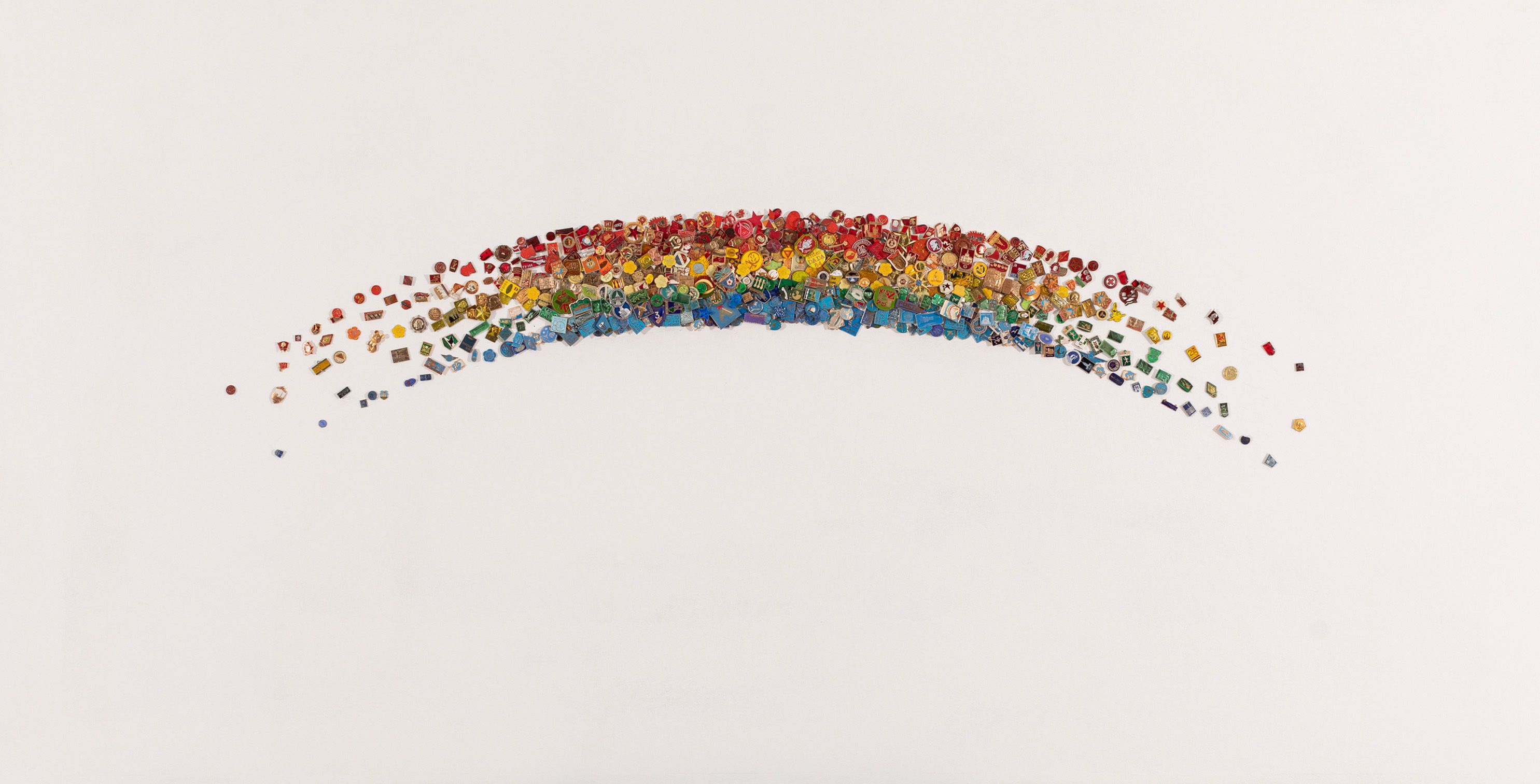Gyula Várnai
Sense of Time
| Venue: | acb Gallery |
| Date: | Jun 20 – Jul 26, 2013 |
Description
At his current exhibition, Gyula Várnai presents new works that visually – through their theme or form – refers to the 1960s period, which signified the consolidation of socialism. Várnai’s works evoke the standard forms of entertainment, with formal and contentual references to centrally organized and controlled pastimes. The artist’s gesture, in invoking the past and pointing to the common strategies employed by the ruling power to exercise control over individuals, confronts viewers with the periodically recurring presence of these strategies and forms, as well as with the fact that these always presuppose the participation of the individual.
As characteristic of the artist, the displayed works, utilizing various media, not only represent social critique but also touch on such universal concepts as time and history, as well as associated concepts.
Gyula Várnai is an artist of the middle generation of Hungarian contemporary art, with one of the most consistent creative careers. Without official art training, he acquired art techniques in the free school functioning in his hometown. Beyond this, he studied printing, mathematics, and physics, and he was occupied with astronomy and music, and the multilayered knowledge accumulated in this way all influenced the development of his artistic approach.
The unfolding of his art coincides with and is closely correlated with, the Neo-Conceptual tendencies that speared in the early 1990s in Hungary, which among others, materialized in the installation art that at this time took on new momentum. Várnai’s light and sound installations made at this time were the playful realizations of the diversity of material and immaterial phenomena. Alongside the installations that were unrepeatable in their original form, often sitespecific, employing ephemeral materials, in his compositions made in other media, he was able to capture a kind of materialization. From the early 2000s, he produced more panel picture format works – whether lightboxes, prints of various techniques, or collages.
The starting point of most of his works is a simple phenomenon or object. Plain everyday articles and banal sights appear in his compositions, such as a chair, a door, a window, a book, numbers, letters, articles of clothing, streets, forests, or houses. From this reduced pictorial set of devices – based on arrangement, pairing or omission, and the possibilities provided by the medium – is an associative, poetic visual world born, which affects both emotion and reason, sometimes augmented by sound and spatial impulses.

